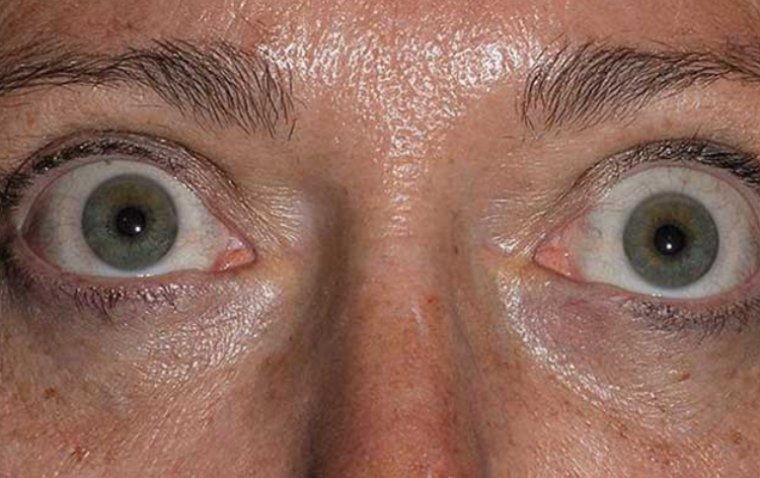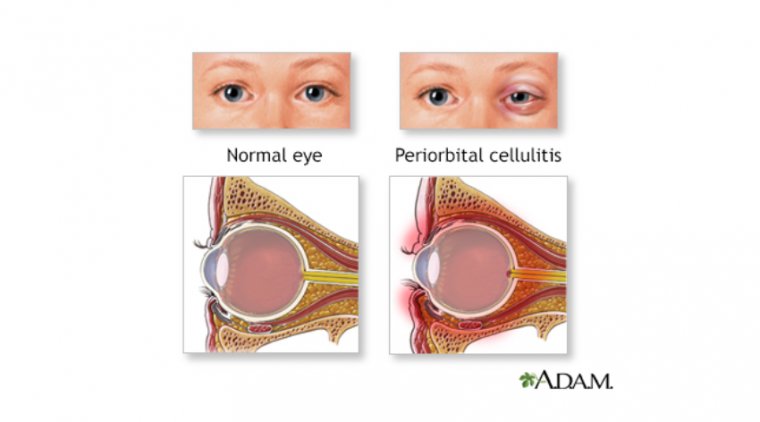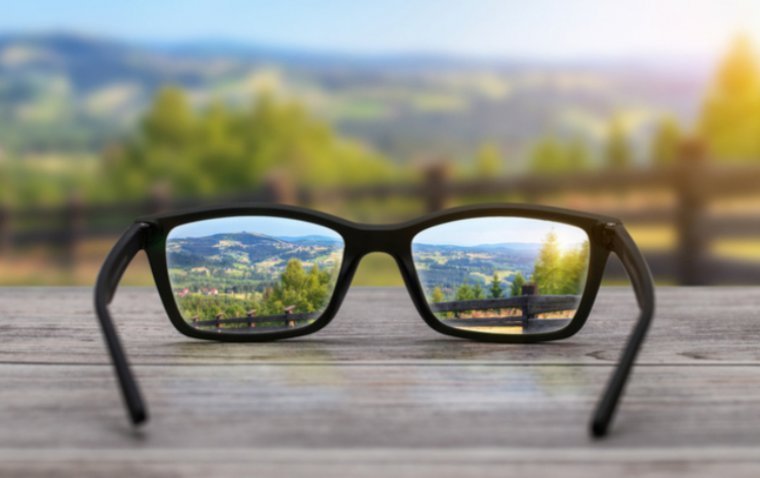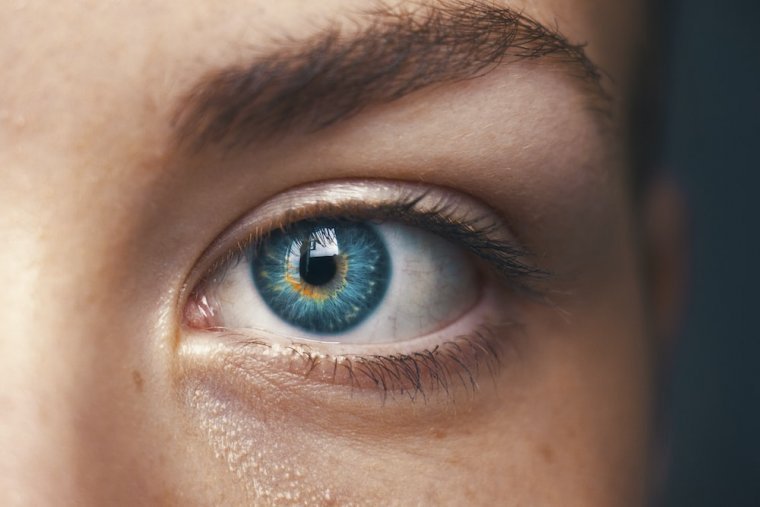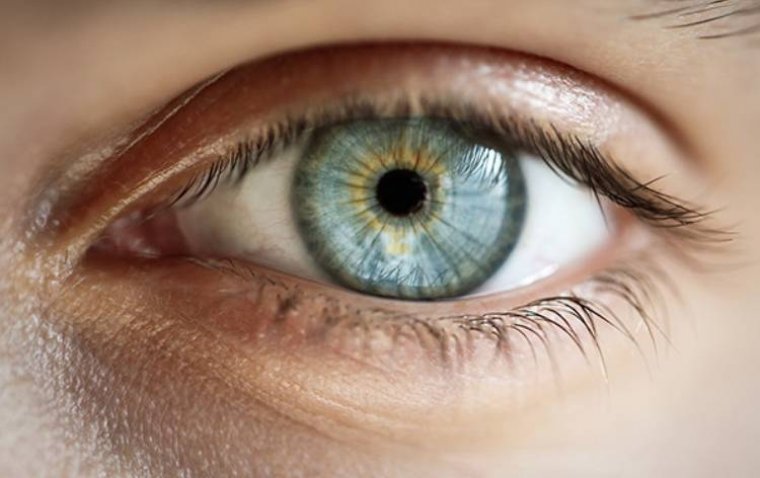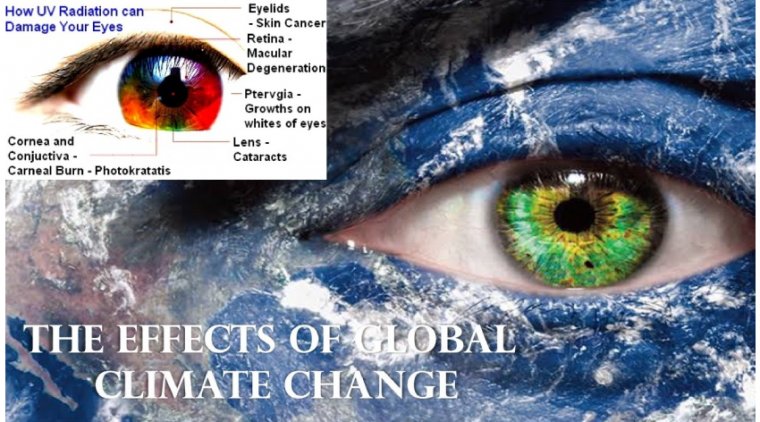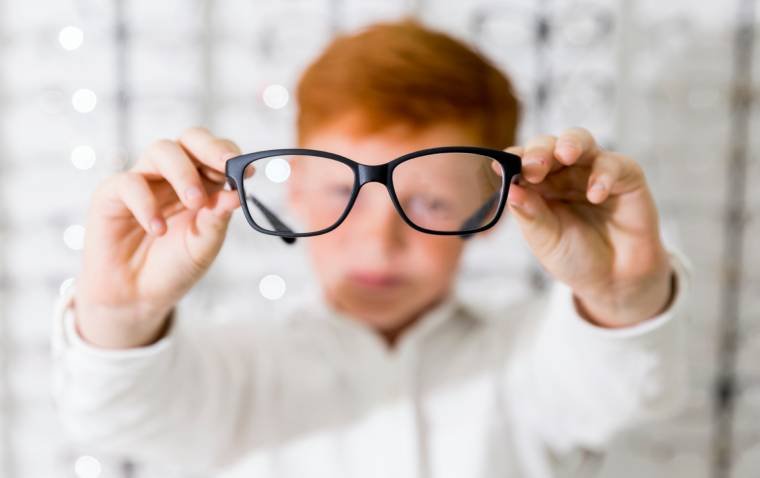
Five-Year Data Confirms Efficacy of Highly Aspherical Lenslets in Controlling Myopia Progression in Children
A newly published five-year clinical study has shown that spectacle lenses equipped with highly aspherical lenslets (HAL) can significantly slow both myopia progression and axial elongation in children. The findings, published in Eye and Vision, offer compelling long-term evidence for HAL lenses as a safe, scalable, and non-invasive intervention in pediatric myopia management.
Significant Reductions in Myopia and Axial Elongation
In the study, HAL lenses reduced myopia progression by 1.75 diopters (D) and axial elongation by 0.72 mm compared to an extrapolated control group. Children wearing HAL lenses had a fourfold lower risk of developing high myopia (−6.00 D or worse).
Key results included:
• −1.27 D progression in HAL users vs. −3.03 D in controls
• 0.67 mm axial elongation with HAL lenses vs. 1.40 mm in controls
• Only 9% of HAL users developed high myopia, compared to 38% in controls
These outcomes reflect a 58% reduction in myopia progression and 52% reduction in axial elongation, confirming the long-term effectiveness of HAL lenses.
Addressing the Global Myopia Crisis
With nearly half of the global population projected to be myopic by 2050, HAL lenses represent a promising tool in efforts to prevent vision-threatening complications such as retinal detachment and glaucoma. Myopia already affects over 30% of people worldwide, particularly in children, where unchecked progression leads to irreversible visual impairment.
Lifestyle changes—such as increased screen time and reduced outdoor activity—have accelerated the rise of pediatric myopia, highlighting the need for effective, accessible, and ethically researched interventions.
Ethical Innovation Through Extrapolated Controls
Due to ethical restrictions on untreated pediatric control groups, the study employed a modeled extrapolated control cohort validated against real-world trial data. The 43 participating children, aged 8 to 13, were followed over five years in a randomized trial conducted by Wenzhou Medical University’s Eye Hospital.
The extrapolated control model allowed the researchers to assess long-term efficacy while adhering to ethical standards. It also revealed a cumulative treatment effect, with younger children responding more strongly to the intervention.
Strong Safety Profile and Practical Advantages
Importantly, no adverse effects—such as dizziness or blurred vision—were reported, affirming the strong safety profile of HAL lenses. The non-invasive, spectacle-based format makes HAL lenses easily integrated into routine eye care and more scalable than pharmacologic or contact lens alternatives.
Though the sample size was modest and modeled controls were used beyond year two, the study's consistency with prior trials—such as the LAMP study on low-dose atropine—reinforces its credibility.
“Our results confirm HAL lenses as a viable long-term option for myopia control,” said Dr. Jinhua Bao, co-lead author.
“While larger trials are warranted, this work provides a valuable framework for ethical, long-term pediatric eye care research.”
Future Directions and Public Health Impact
Myopia expert Dr. Mark Bullimore, who was not involved in the study, commented:
“The extrapolated control design is a novel approach. For real-world implementation, it will be important to assess the cost-effectiveness of HAL lenses in various healthcare settings.”
Given their safety, accessibility, and long-term efficacy, HAL lenses may become a cornerstone in public health strategies aimed at controlling myopia—particularly in high-incidence regions like Asia. Researchers are now exploring combination approaches, such as pairing HAL lenses with increased outdoor activity, and analyzing adherence patterns in real-world settings.
As the prevalence of childhood myopia continues to climb, optical innovations like HAL lenses offer a hopeful and practical pathway to reducing the global burden of high myopia.
Reference:
Xue Li et al, Myopia control efficacy of spectacle lenses with highly aspherical lenslets: results of a 5-year follow-up study, Eye and Vision (2025). DOI: 10.1186/s40662-025-00427-3
(1).jpg)
